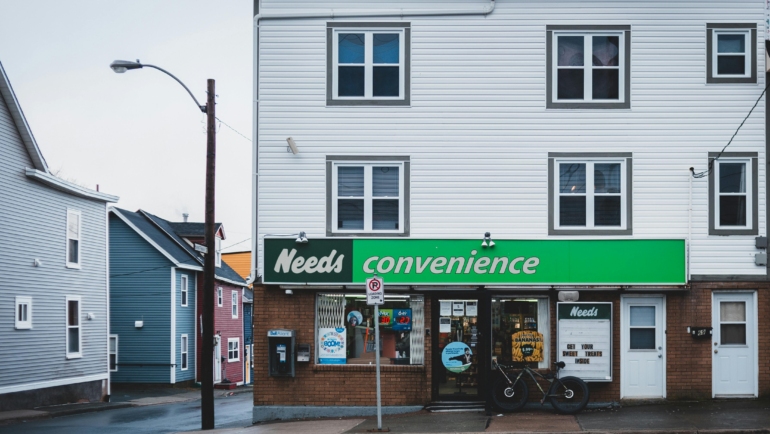5731Views 0Comments
Restaurant owners across the country are facing new challenges. Rising food prices, supply chain issues, and changing customer tastes have made running a restaurant harder. Many owners are adapting, finding creative ways to manage costs and still attract customers.
Food prices have surged. From meat to produce, costs have gone up, squeezing already tight profit margins. Labor shortages and rising wages have added more pressure. For many, absorbing these costs is no longer possible, so they are making tough choices about pricing, menus, and operations.
At the same time, customer preferences are changing. Diners are looking for healthier, plant-based, and sustainably sourced options. To stay competitive, restaurants must meet these demands while balancing their financial challenges.
Adapting Menus to Cut Costs
One way restaurants are dealing with rising costs is by reworking their menus. Some are cutting down on expensive ingredients and focusing on dishes that are easier and cheaper to prepare. Others are creating seasonal menus to take advantage of affordable, in-season items.
Many restaurants are also shifting to plant-based dishes. These meals often have lower food costs and appeal to customers looking for healthier options. This shift isn’t just about cutting costs but also staying relevant in the growing market for health-conscious dining.
Some restaurant owners are also sourcing ingredients more creatively. By working with local farms or suppliers, they can cut out middlemen and reduce costs. This local approach not only helps save money but also attracts customers who care about sustainability and supporting small businesses.
Using Technology to Improve Efficiency
In addition to changing menus, many restaurants are using technology to save money and improve efficiency. Digital ordering systems let customers place orders directly, reducing the need for staff. QR code menus and contactless payments have also become more common, speeding up service and lowering costs.
Technology is also helping restaurants manage their inventory better. Automated systems track food usage in real time, reducing waste and helping owners control supply costs. These tools not only save money but also give owners useful data to make smarter decisions about what to buy and how to plan menus.
Meeting Changing Customer Preferences
Even with rising costs, restaurant owners know they must keep up with shifting customer preferences. Diners now expect more personalized and flexible dining experiences. The growth of delivery apps and takeout services has changed how people interact with restaurants, and owners are adjusting to this new reality.
To meet this demand, many restaurants are expanding their takeout and delivery menus. Others are focusing on creating unique in-person dining experiences that can’t be replicated at home, like chef’s tasting menus or immersive dining environments.
Customer loyalty programs are also becoming more important. With so many options available, restaurants need to give diners reasons to come back. Offering rewards, personalized offers, or exclusive events can help build lasting relationships with customers.
Looking Ahead
As restaurant owners face rising costs and changing customer tastes, they are adapting in ways that go beyond cutting costs. Many are embracing innovation through menu changes, technology, and creative sourcing. These strategies are helping them not just survive but stay competitive in an evolving industry.
While the challenges are real, the ability to pivot and adapt is proving crucial for restaurant owners. By staying flexible, meeting customer needs, and managing costs in new ways, many are finding fresh paths to success despite the obstacles.


